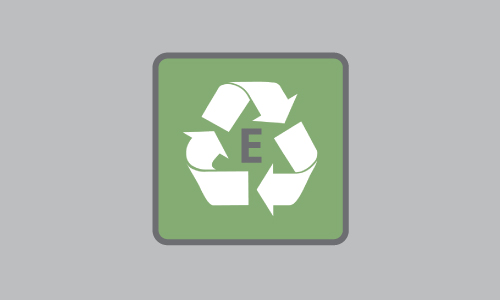As we continue to go through some of the basics of VOC Abatement, discussing some of the basic math and science surrounding the process, today, we would like to turn our focus on something that your accountant might enjoy—energy recovery.
We understand that the decision to update your VOC abatement solution is often an expensive one. Even as a company that designs and provides some of the more cost-effective options in the market, we understand that making a change can still leave a dent on the balance sheet (albeit smaller than a CAA violation or the cost of a lawsuit). Additionally, you already know that the costs needed to operate a piece of machinery at 1,500°F or more processing anywhere from a few hundred SCFM (Standard Cubic Feet Per Minute) to several hundred thousand SCFM is not insignificant.
Knowing this, if you haven’t looked at an oxidizer in the past 20 or so years, you’ll notice that while the process is the same (dirty exhaust in, clean air out), the energy recovery process has become more efficient and can help to control the costs related with the necessary process of controlling emissions.
Energy Recovery and Cost Savings Before, During, and After VOC Combustion
The VOC abatement process has many measurements and considerations, and one of the most significant of these is affording an upgrade. An oxidizer is an expensive piece of equipment, and it’s likely you’ll want to make the move to a new one as affordable as possible.
As you begin to discuss your options with a pollution control specialist, they will look for opportunities to make the operations as efficient as possible. The process begins with recommending the proper system to fit needs.
Energy Cost Savings Opportunity 1: The Oxidizer
The right VOC abatement solution is one that can help you remain in compliance while running with as little extra energy as possible. Your consultant can help you to discover which option works for you. For some industries, this could be a catalytic oxidizer designed to run at lower temperatures. For others, this could be a regenerative thermal oxidizer (RTO) or thermal recuperative oxidizer, both of which can use some of their own heat to maintain their operations with as little auxiliary fuel as possible.
This results in thermal energy efficiencies (TER) ranging from 40% to 80% for thermal recuperative oxidizers, 50% to 80% for catalytic oxidizers, or 85% to 97% for RTOs.
Energy Cost Savings Opportunity 2: Upstream Opportunities
For some industries, the science is in the concentration. The energy savings opportunity here is to look upstream of the oxidizer itself. Your consultant will look at your outputs and needs, and if you have high airflow with low concentrations, you may benefit from a solution that will reduce airflow to the oxidizer, concentrating solvents while staying within safe levels as it pertains to flammability.
Energy Cost Savings Opportunity 3: The Right Way to Heat and Fuel the Oxidizer
Oxidation requires heat, but there are many ways to tackle this. Depending on the size, temperature needed to destroy VOCs, and type of oxidizer, your VOC abatement and pollution control consultant will recommend a system be designed using fuel that is viable, cost effective, and efficient. There are many options including electric heating, natural gas, LPG, or certain fuel oil options.
Energy Cost Savings Opportunity 4: Stack Energy Recapture
Even after leveraging the previous three opportunities, did you know there are still more ways to save energy and money? Exhaust stream heat can be captured and employed for other purposes. These energy recovery systems utilize the 100°C (212°F) to 815°C (1,500°F) of heat energy would normally be exhausted directly into the atmosphere through an industrial ventilation unit, returning said heat to power ovens, oxidizers, provide comfort heat, among other energy recovery applications.
Affording Your VOC Abatement System through Energy Reduction and Recovery
There is a lot that goes into selecting the right VOC abatement solution, and one of the many ways to feel more confident in your decision is to speak with your consultant on ways to increase energy returned and reduce ongoing costs in any way possible. We welcome you to learn more about energy recovery, the different considerations in selecting VOC abatement technologies, and to download our new guide: The CMM Group Guide to VOC Abatement.
Ready to get in contact with an expert? Contact The CMM Group Today!




